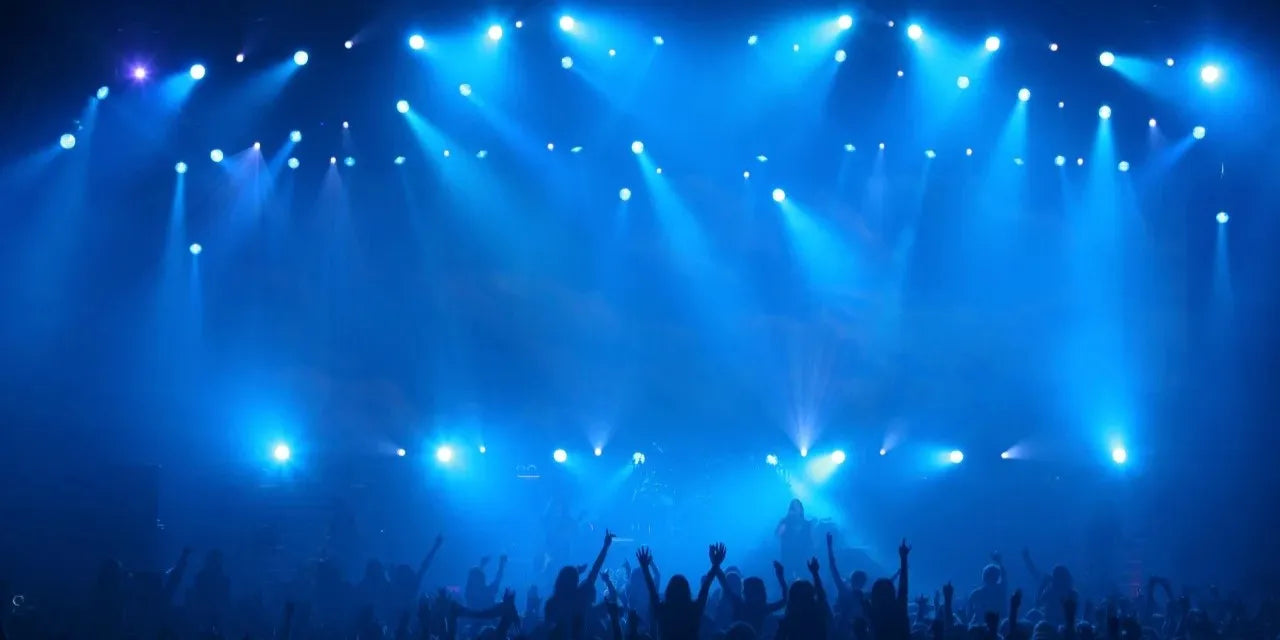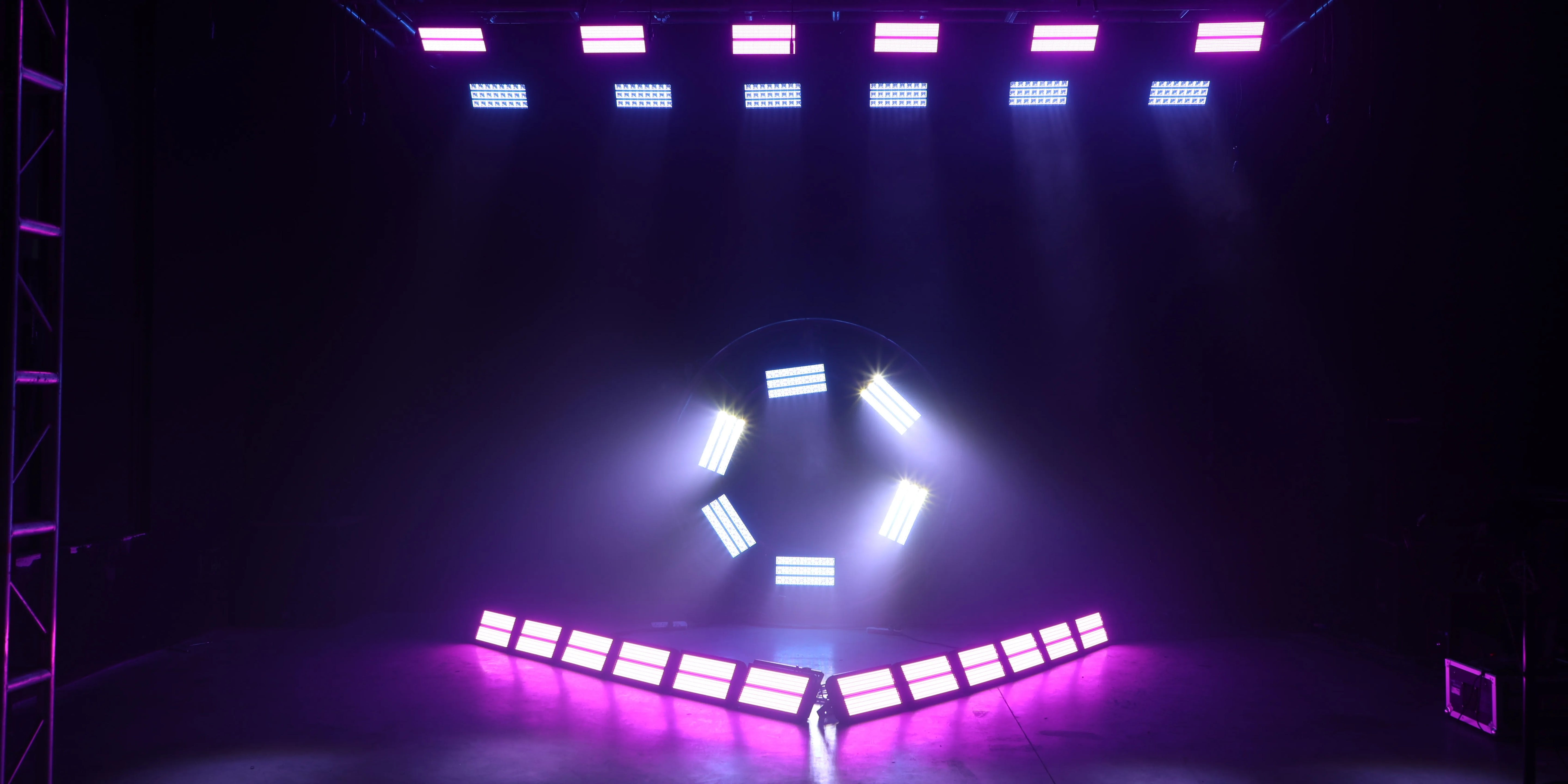Intro
If you’ve ever looked at the back of a stage light and seen the word “DMX”, you might have thought — that looks complicated.
Don’t worry, you’re not alone. Many DJs and event beginners think DMX requires special knowledge or expensive equipment.
But in reality, DMX is much simpler than it looks — and once you understand the basics, it opens up endless creative possibilities.
In this quick guide, you’ll learn what DMX really does, how to set it up in minutes, and how Betopper makes lighting control easy for everyone.

What DMX Really Does — The Language of Light
DMX stands for Digital Multiplex Signal, a standard protocol that allows one controller to send digital instructions to multiple lighting fixtures.
Think of it as the “language” that lights use to communicate. Each fixture receives its own address and follows commands such as brightness, color, movement, or strobe.
When you connect several lights with DMX cables, they form a daisy chain — meaning one light passes the signal to the next, keeping them perfectly synchronized.
Pro Tip:
Always connect lights from the DMX OUT of one fixture to the DMX IN of the next. End the chain with a DMX terminator to ensure signal stability.
Simple Ways to Use DMX Without Being a Pro
You don’t need to be a lighting engineer to use DMX.
Here are three beginner-friendly ways to get started:
Option 1: Plug-and-Play DMX Controllers
Basic DMX controllers have built-in programs that let you adjust brightness, color, and patterns with sliders or buttons.
They’re affordable and easy to use — perfect for DJs and small stages.
Option 2: Software Control (Lightkey, Wolfmix, MyDMX)
For more flexibility, connect your lights to a computer or tablet using a DMX-to-USB interface.
Software like Lightkey or Wolfmix offers visual programming, allowing you to design light shows in real time.
Option 3: Master–Slave Mode (No Controller Needed)
If you just want your lights to sync automatically, use Master–Slave Mode.
Set one fixture as the master and others as slaves — all connected via DMX cables — and they’ll follow the same built-in program.
Betopper lights support this mode for quick, cable-only setup without any controller.
Understanding DMX Channels — The Key to Real Control
Each DMX fixture has multiple channels, and every channel controls a specific function.
Example:
| Channel | Function |
|---|---|
| 1 | Master Dimmer (Brightness) |
| 2 | Red Intensity |
| 3 | Green Intensity |
| 4 | Blue Intensity |
| 5 | Strobe Speed |
| 6 | Pan / Tilt Movement |
Think of channels as lanes on a highway — each lane carries one command.
Your controller sends values from 0 to 255 down each lane, telling the light how strong that function should be.
If your fixture uses 11 channels, it occupies addresses 1 through 11. The next fixture must start at address 12 to avoid overlap.
Example:
- Light A (11 channels) → start at 1
- Light B (11 channels) → start at 12
- Light C (11 channels) → start at 23
Pro Tip:
Many Betopper fixtures offer multiple channel modes (9CH / 15CH / 24CH).
Select a smaller mode for simple shows or use the full mode when you want advanced effects like zoom, focus or prism rotation.
Understanding channels is the moment you go from “plug and play” to true lighting control — that’s where the fun really begins.
Combine DMX with Sound & Auto Modes for Instant Shows
DMX gives you precision, but sometimes you just want a fast, dynamic setup for a party or wedding.
That’s where Sound and Auto modes come in handy.
Betopper fixtures let you easily switch between DMX, Sound, and Auto modes —
so you can go from a manually programmed light show to music-synchronized effects in seconds.
- Sound Mode: reacts to the beat using a built-in microphone.
- Auto Mode: runs preset patterns automatically.
- DMX Mode: full control for professionals.
This flexibility means whether you’re a beginner DJ or a stage pro, your lights will always match the vibe.
Final Thoughts
DMX isn’t mysterious — it’s simply the language of light.
Once you understand addresses and channels, you unlock total creative freedom.
With Betopper’s user-friendly fixtures, setting up DMX control takes minutes, not hours — so you can focus on the performance, not the programming.
🎚️ Take control of your show today — discover DMX-ready Betopper lights here:
https://betopperdj.com/




Lascia un commento
Nota che i commenti devono essere approvati prima di essere pubblicati.
Questo sito è protetto da hCaptcha e applica le Norme sulla privacy e i Termini di servizio di hCaptcha.